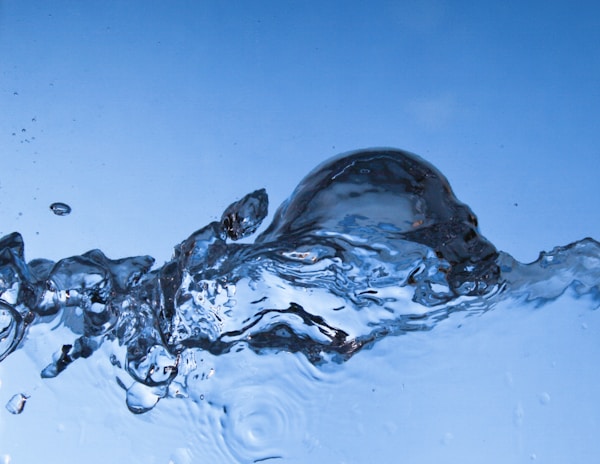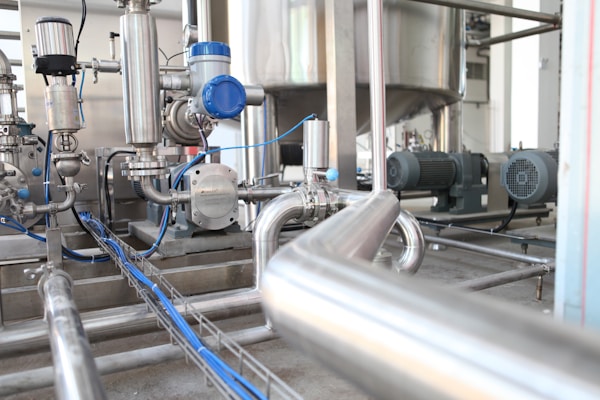Reverse osmosis is a process used to purify water and remove impurities. Commercial reverse osmosis systems are widely used for industrial applications. These systems are known for their durability, efficiency, and low cost. In this blog, we will explore the many benefits that commercial Osmonics Reverse Osmosis Systems can provide. Keep reading to learn more.
What are Osmonics Reverse Osmosis Systems?

Reverse osmosis is a process of purifying water by forcing it through a semi-permeable membrane to remove minerals and other impurities. Osmonics Reverse Osmosis (RO) Systems are designed to provide high-quality water for commercial applications. Using reverse osmosis, Osmonics systems can remove a wide range of contaminants, including lead, arsenic, pesticides, nitrates, fluoride, and other water-soluble compounds.
Osmonics RO Systems are easy to install and require minimal maintenance. All Osmonics systems include prefiltration to remove large particles and sediment from the water before sending it through the reverse osmosis membrane. This helps to protect the membrane from fouling, which can occur when the water contains large particles.
Osmonics systems are designed to be energy-efficient, using only the energy needed to pressurize the water to force it through the membrane. They also feature a built-in monitoring system, which helps ensure the system runs efficiently and smoothly.
Osmonics Reverse Osmosis Systems are designed to provide purified water free of contaminants. The systems can also remove salts, minerals, and organic compounds from the water, making it healthier and safer for alternative use. Osmonics systems are reliable and efficient and an excellent choice for anyone looking for a cost-effective solution for their commercial system.
Why would industrial facilities need reverse osmosis systems?

Industrial facilities require reverse osmosis systems for many reasons, including the protection of sensitive equipment, the production of high-quality products, and the safety of employees in the workplace. Reverse osmosis (RO) systems are essential pieces of equipment in many industrial settings, as they provide a reliable and efficient way to filter out contaminants from various liquids and gases.
The most common use of reverse osmosis systems in industrial settings is to purify water. This type of system is used to remove contaminants and other impurities from water, including chemicals, heavy metals, and other unwanted particles.
By removing these contaminants, RO systems ensure that the water used in industrial processes is safe for use and free from any potential contaminants that could affect the quality of the final product or cause damage to machinery.
RO systems also play a key role in the production of high-quality products. By filtering out contaminants from the water used in the production process, RO systems ensure that the products are safe for use and meet the desired quality standards. This is especially important for industries that rely on water for food or beverage production, as it ensures that the products are free from potentially harmful contaminants.
In addition to protecting the quality of products, reverse osmosis systems also provide safety benefits to employees in industrial facilities. By filtering out chemicals and other contaminants from the water used in processes, RO systems help protect employees from exposure to potentially hazardous substances. This is especially important in facilities that reuse water for cooling or cleaning purposes, as it reduces the risk of employees being exposed to potentially dangerous contaminants.
Overall, reverse osmosis systems are an essential part of many industrial facilities, as they provide a reliable and efficient way to purify water, produce high-quality products, and protect employees from exposure to potentially hazardous substances. By investing in a quality RO system, industrial facilities can ensure that their processes run smoothly and safely and that their products meet the desired standards.
